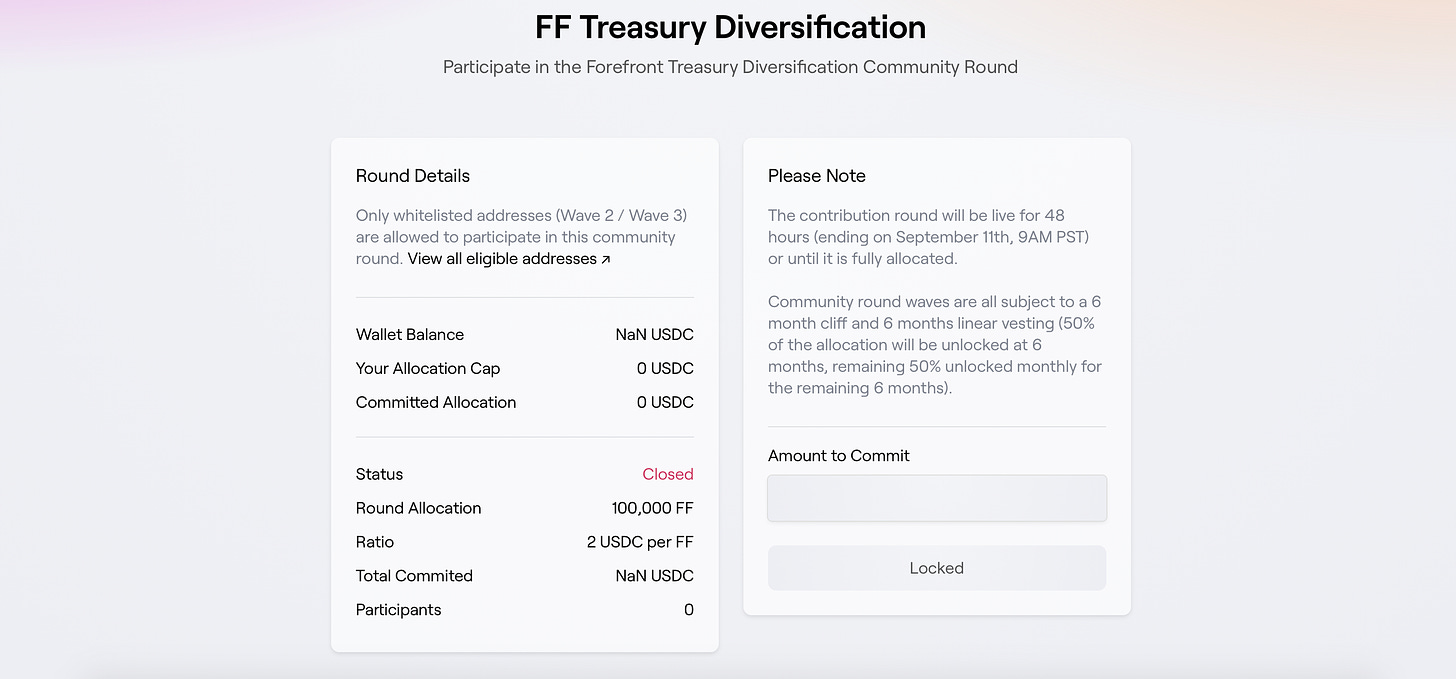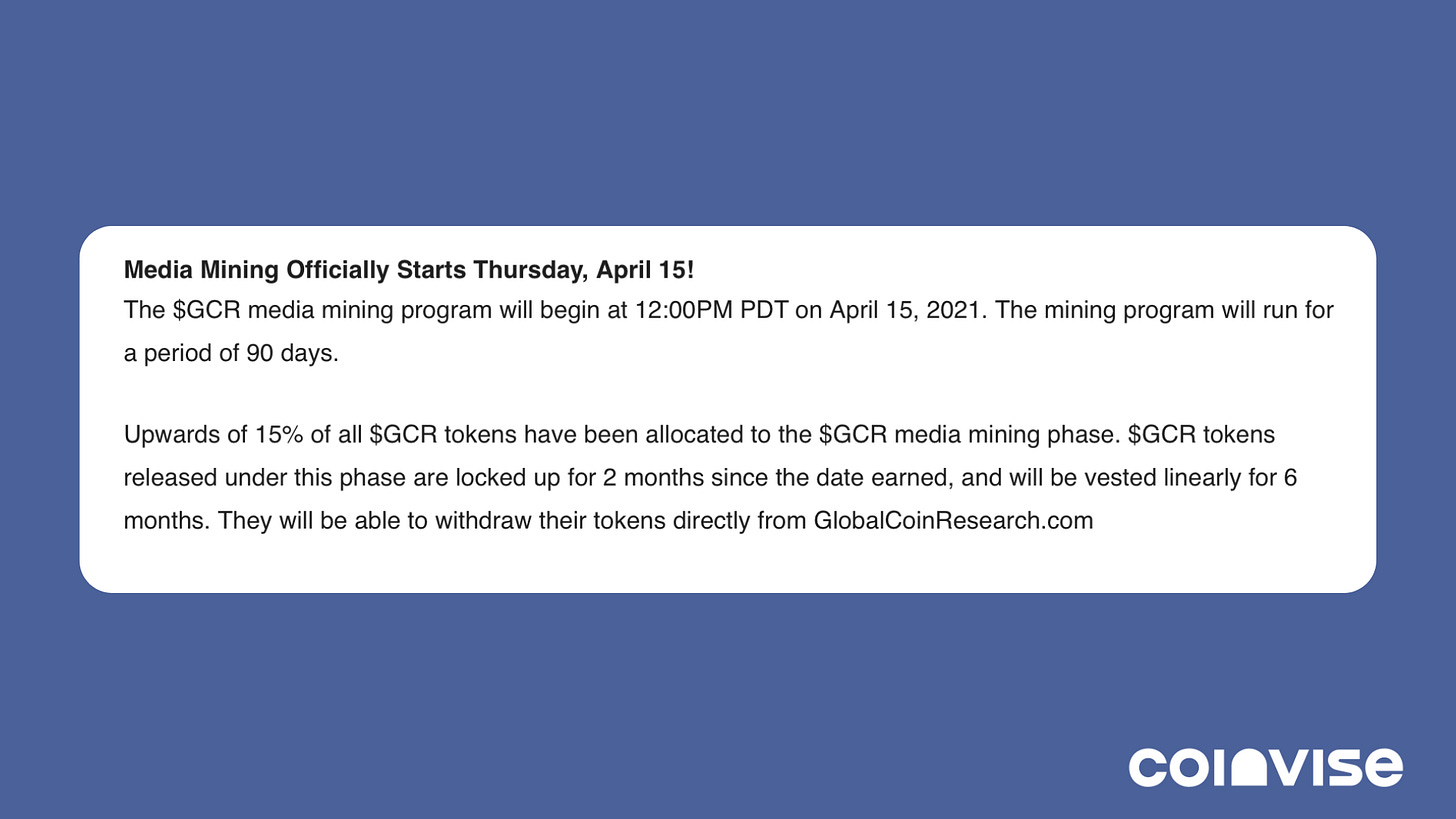
Social tokens are digital currencies that have shown their efficiency in building successful digital economies. They can revolutionize the way people collaborate and allow a whole new world of possibilities for workers. Good incentives through Social Tokens are ideal when it's mutually beneficial to contributors and community leaders. It will create positive-sum games where everyone has an aligned interest.
However, with Social Tokens comes the risk of speculation. Speculation is not necessarily a bad thing. It drives interest from people outside of crypto and brings capital to a community that can innovate and grow. It is, however, very complicated to build a healthy and sustainable community in the long-term with a highly volatile token and community members here to speculate. At some point, for a community to grow, it's essential to have people that put time and hard work into the community, not capital.
To prevent speculation, community leaders can lock N amount of Token for a certain period as a commitment to hold the Token. It prevents people from coming with the only purpose of buying and selling the Token a few days later when it pumps. This mechanism is called Vesting Schedule. This essay aims to explain further what a Vesting Schedule is and how it can be a powerful tool to build a sustainable decentralized community.
When launching a decentralized community (or a DAO), it's common to establish a Token for governance purposes and for attracting / rewarding high-quality talent. The Token is usually minted (created) by the community's founding members, and those community leaders have full power over the distribution of the Token.
This is much power centralized in the hands of very few people. If contributors start to put time into the project and investors start to bring capital to the project, it's important to cover them and not let core team members have full freedom over the token distribution. To prevent bad behaviors, it's recommended to vest a portion of those tokens to ensure the long time commitment of the founding team.
Concretely, vesting a token means locking a certain amount of tokens over a certain period as a commitment to hold the Token. It's a mechanism that allows the founding team to prove they are highly interested in the project.
Locking tokens ensures investors that the team has the best intention and maintains a long-term vision, incentivizing them to continue working on the project development. When a token is vested, the owner of those Token can't withdraw them directly and have to wait until the vesting period ends. It's made possible thanks to blockchain mechanisms, and specifically smart contracts, that make it easy to lock a certain amount of funds until contract conditions are met. In our case, when the vesting period has been completed, the smart contract, enforced on a blockchain, will allow the holders to withdraw their tokens.
Depending on the needs, it's possible to play on many parameters when vesting a Token. It's possible to play with the vesting period, the number of tokens subject to vesting, if the tokens will be released gradually etc... It's important to keep in mind that there is no right or wrong answer. A project could reserve 15% of its coins when the Token is minted, then gradually released some tokens every month/quarter/year during the project process. Another project could create a Community Round subject to vesting, with a vesting period that includes a 6-month cliff, followed by another six-month linear unlock. In this case, community members would receive a certain amount of Token, let's say 1200, but wouldn't be able to withdraw them for six months. They would then receive 200 tokens every month for six months.

ForeFront Treasury Diversification (subject to vesting)
Keeping a certain amount of Token on a vesting schedule is a powerful tool to incentivize people to invest in a community. Crypto mechanisms made it easy for community members, investors, and founders to trust each other. With smart contracts, vesting a token is easy and is a tool worth using for every community.
Let's dig more into the main advantages of the Vesting Schedule.
To create a healthy and sustainable community, it is essential to have token price stability. Indeed, with a highly volatile token, it will be difficult to attract talent keen to work in exchange for a Token that can plummet overnight. Vesting a Token allows reducing the price volatility of a token by disincentivizing speculation. Indeed, suppose speculators know they won't be able to withdraw their money as soon as they want. In that case, eventually, they won't invest. Only true believers of the project will stay around.

GlobalCoinResearch’s contributors can earn $GCR that are subject to vesting
Vesting a token ensures the investors that the founding team is serious encourages contributors to commit in the long-term and prevents speculation.
The vesting schedule mechanism is particularly useful: